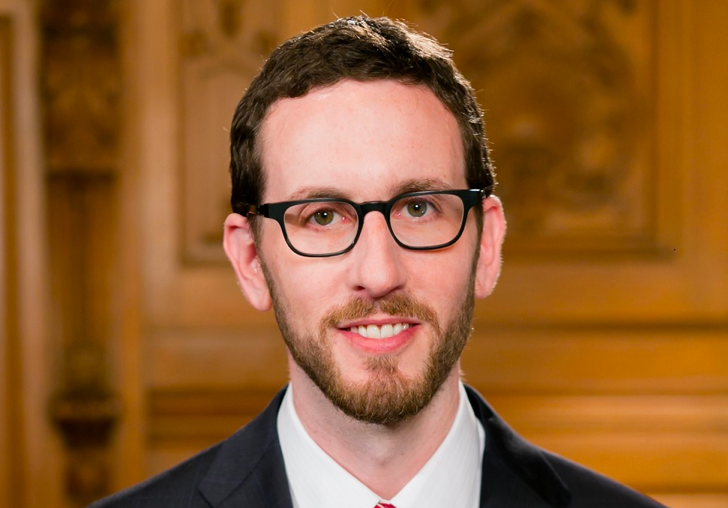State Sen. Scott Wiener just introduced a new bill, SB 423, that extends the absurd provisions of his 2017 bill SB 35. That law forces cities to approve—that is, “streamline”—certain housing projects if the number of building permits they’ve issued halfway in the eight-year Regional Housing Needs Allocation (RHNA) cycle falls short of their respective allocations.

The mandate is absurd, because cities can approve projects, but they can’t compel developers to pull building permits on projects that have been approved. Builders are not going to build if they can’t make a profit; that’s why in San Francisco right now, tens of thousands of approved housing units are not getting built.
In a further absurdity, the allocations themselves, especially the low-income numbers, are so enormous as to be unrealizable. SB 35 sets up cities to fail.
Now comes SB 423. The mainstream press has focused on two controversial aspects of Wiener’s new bill: it adds Builder’s Remedy to SB 35’s penalties, and it loosens SB 35’s requirements for employing union labor.
My focus here is on another problematic aspect of SB 423.
SB 35 specifies that in a city whose permit issuance has fallen short of its RHNA, if a qualifying project is found to be consistent with objective planning standards, it must be approved. The current law authorizes a “local government” to make that determination.
Wiener and SB 423’s coauthors, Assemblymembers Buffy Wicks and Tim Grayson, want to replace “local government” with “a local government’s planning director or an equivalent local government staff, including all relevant and planning and permitting departments.” In other words, they want project approval under SB 35 to be decided by unelected technocrats, instead of elected officials—city councils or in San Francisco, the Board of Supervisors.
Here’s the relevant passage in SB 423:
Section 65913.4 of the Government Code is amended to read:
….
(c) (1) If a local
governmentgovernment’s planning director or any equivalent local government staff, including all relevant planning and permitting departments, determines that a development submitted pursuant to this section is consistent with the objective planning standards specified in subdivision (a) and pursuant to paragraph (3) of this subdivision, it shall approve the development.
Authoritarianism permeates SB 35, but it’s woven into the law’s labyrinthine provisions. In SB 423, the antidemocratic imperative is right in your face.




